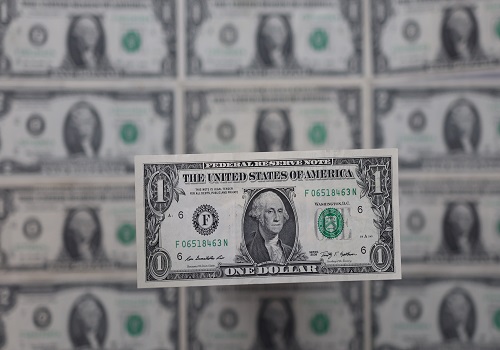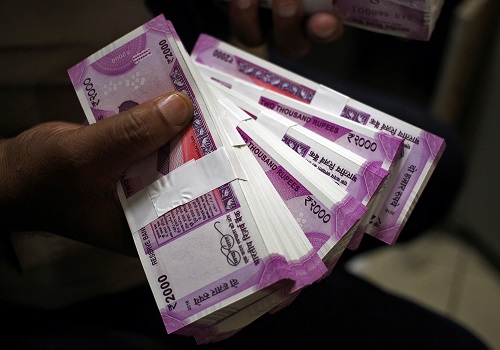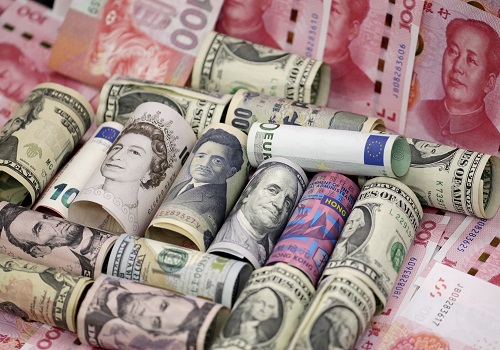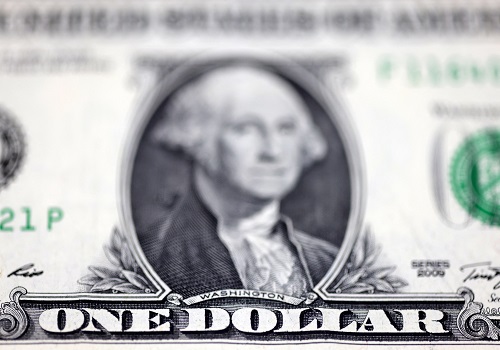Dollar firm at 2-decade highs as Aussie, yuan sink

Follow us Now on Telegram ! Get daily 10 - 12 important updates on Business, Finance and Investment. Join our Telegram Channel
LONDON - The Australian dollar and the Chinese yuan came under pressure from weak Chinese economic data on Monday, while the U.S. dollar consolidated gains near a 20-year peak.
Comments by ECB policymaker Francois Villeroy de Galhau that the euro's weakness could threaten the European Central Bank's efforts to steer inflation towards its target pulled the euro from lows but sentiment was downbeat.
China's retail and factory activity fell sharply in April as extensive COVID-19 lockdowns confined workers and consumers to their homes.. The offshore Chinese yuan held near a September 2020 low of 6.8380 yuan hit last week.
"Increasingly, the risk is that zero-COVID (policy in China) may stay in place even past the party conference in the third quarter and into the winter season," Barclays strategists said in a note downgrading its forecasts for the euro and the yuan for the rest of 2022.
"As such, it may lead to persistent mobility restrictions, as Omicron is notoriously difficult to contain."
Moves were sharper in the Australian dollar, which fell 0.68%, which is most exposed to the Chinese economy. It trimmed losses but was down 0.5% in London trading.
The dollar index was at 104.57, having briefly crossed the 105 level on Friday, its highest since December 2002, after six successive weeks of gains. Weekly positioning data showed investors built their long dollar bets.
The euro was marginally higher at $1.0422, but not far from a low of $1.0354 it hit on Thursday, its lowest since early 2017. Analysts see $1.0340 as a crucial level of support for the euro.
HSBC strategists expect the euro to fall to parity against the dollar in the coming year. "Much weaker growth and much higher inflation leave the ECB facing one of the toughest policy challenges in G10 (central banks)," they said.
Crypto markets, which trade around the clock, had a quiet weekend after turmoil last week driven by TerraUSD, a so-called stablecoin, which broke its dollar peg though it retraced its gains in early trading on Monday
Bitcoin was trading at around $29,500, down more than 5%, having dropped to $25,400 on Thursday, its lowest since December 2020.

























